Register for free and continue reading
Join our growing army of changemakers and get unlimited access to our premium content
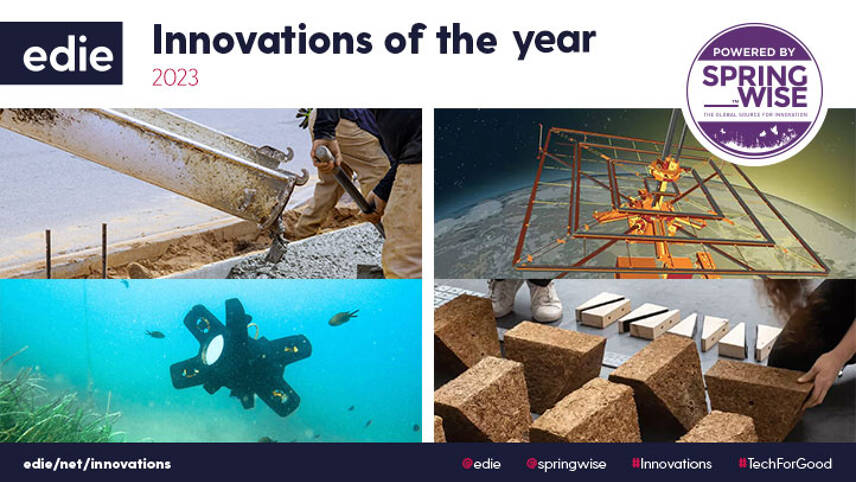
Each month, edie and our innovation partner Springwise collate six of the world’s biggest technology breakthroughs that could accelerate the delivery of a sustainable future.
These monthly briefings include everything from plastic-eating microbes, to AI-enabled waste tracking, to major developments in clean energy generation and storage.
Here, we hand-pick nine of the most popular inclusions during 2023’s monthly briefings. Read on for our green innovations of the year.
Gravity-based hydrogen storage systems
Gravitricity believes its storage technology, which it calls FlexiStore, is a ‘Goldilocks’ solution to the obstacles facing hydrogen storage. Unlike above-ground hydrogen storage alternatives, FlexiStore provides a much bigger and more secure system. It is also more flexible than subterranean salt caverns – another commonly suggested method for underground storage.
One FlexiStore could store the green hydrogen generated by an offshore wind farm, but this would fill up daily and would need to be emptied regularly. To make the process more efficient, multiple stores could be constructed so that large amounts of wind energy that would otherwise go to waste could be soaked up. And unlike salt cavern storage, which naturally requires specific geological environments, Gravitricity’s stores can be built wherever they are needed.
Gravitricity has already identified many sites for its UK pilot project and is discussing the project and future commercial schemes with site owners. The company also has projects underway in the US and Germany.
Capturing waste heat from data centres
An innovation which captured hearts and minds this year came from Deep Green, which has developed small-scale edge data centres that can divert their excess heat to warm leisure centres and public swimming pools. The innovation was first tested at Exmouth Leisure Centre in Devon (pictured).
The systems, called ‘digital boilers’, immerse central processing units (CPU) in special cooling tubs, which use oil to remove heat from the servers. This oil is then passed through a heat exchanger, which removes the heat and uses it to warm the buildings and pools.
Deep Green says the heat donation from one of its digital boilers will cut a public swimming pool’s gas requirements by around 70%, saving leisure centres thousands of pounds each year while also drastically reducing carbon emissions.
Deep Green pays for the electricity it uses and donates the heat for free. This is a huge benefit, as Britain’s public swimming pools are facing massive increases in heating bills, which is causing many to close or restrict their opening hours.
Self-healing concrete
The cement and concrete industry accounts for some 8% of global man-made emissions. Decarbonising production methods and scaling alternative materials will be key to ensuring that construction does not blow a hole in the remaining global carbon budget.
This year, a team of researchers from MIT, Harvard University, and laboratories in Italy and Switzerland discovered some of the ancient concrete-manufacturing strategies used by the Romans.
They found that Roman concrete contains ‘lime clasts’ – tiny minerals originating from lime that give the concrete the ability to self-heal. Spectroscopic examination also suggested that the Romans used lime in its more reactive form – quicklime.
The team is now working to commercialise this formula. If successful, the more durable concrete could reduce the environmental impact of cement production, as concrete structures will not need to be replaced so quickly.
Sugarcane building blocks
Speaking of alternative materials in construction, a collaborative project based in the University of East London this year convened researchers, commercial partners, sustainability experts, and architects to create Sugarcrete, a concrete brick replacement including sugarcane’s waste product, bagasse.
The bricks are designed to lock together to create strength without the need for additional supplies and they meet industry standards for strength, durability, fire resistance, and thermal properties.
Sugarcane is the world’s most-produced crop as of 2021 and is grown mostly for use as sugar and ethanol. Bagasse is the waste product left behind after the sugarcane is crushed to harvest the juice. Some of this leftover material is used for biofuel, but much is left to go to waste.
The bagasse-based bricks have just 15% of the carbon footprint of traditional bricks. The research team has open-sourced its findings to help communities in developing countries which produce sugarcane to deploy this solution.
Wireless solar transmissions from space
The ability to collect solar energy here on Earth is at the mercy of factors such as nightfall, cloud cover, and other adverse weather conditions. But what if solar power could be collected in space and beamed back to Earth?
It’s a question that has intrigued policymakers in 2023. This year saw several public and private funding announcements for space solar as nascent technologies begin to develop.
This year, Caltech’s Space Solar Power Project (SSPP) has recently demonstrated wireless power transfer from space. In January, the SSPP launched a prototype – dubbed the Space Solar Power Demonstrator (SSPD) – aboard a SpaceX rocket, to test key components of the plan to harvest solar power in space and beam the energy back to Earth.
In June, one of these components, the MAPLE (Microwave Array for Power-transfer Low-orbit Experiment), succeeded in transferring power wirelessly to receivers in space. It used constructive and destructive interference between individual transmitters to focus and direct the energy it beams out – all without any moving parts.
Lower-impact electric vehicle batteries
Unfortunately, much misinformation about electric vehicles (EVs) and their batteries has been perpetuated in 2023. Carbon Brief has a handy explainer here on all the controversial talking points you may have seen on social media, from range anxiety to tyre performance.
Some concerns are founded. As sales increase and as nations prepare to scale their Gigafactory capacity, attentions will need to be turned to reducing the footprint of EV components and on ensuring that they are durable and recyclable.
One of the five EarthShot Prize winners for 2023 is Green, Renewable, Sustainable Technology (GRST), a Hong Kong-based project pioneering a low-impact method of producing EV batteries.
GRST’s method involves building the battery with a water-soluble binding composite rather than traditional connection options. This makes it easier to recover valuable materials in post-use recycling. It also extends the battery’s working life and reduces emissions associated with manufacturing by up to 40%.
GRST is benefitting from £1m of grant funding through the EarthShot Prize, which is providing a total of £5m annually for a decade.
Battery ‘regeneration’ processes
The rechargeable lead-acid battery was first invented in 1859. This technology is popular for applications ranging from off-grid energy systems to telecoms equipment and automobile ignitions.
Lead-acid batteries have a relatively short lifespan, however. But now, an Amsterdam-based startup is working to give them a new lease of life. Revive Battery has developed a battery regeneration process that uses carefully controlled electrical impulses to break through sulphur crystals. This revives the batteries without damaging them.
The startup claims this process can be used two to three times on each battery and restores up to 95% of the batteries’ original capacity. Even better, the process can be performed on-site and includes monitoring, enabling users to access and track their battery performance in real-time.
According to the startup, the process emits less CO2 than traditional battery regeneration methods. It also keeps the battery intact and requires just 2.1 kilowatt hours (kWh) of energy to revive each battery. The company claims to have already revived more than 11,000 batteries in India and Africa.
Seagrass-planting robots
Seagrass meadows act as important carbon sinks all over the world, capturing carbon up to 35 times faster than tropical rainforests. However, they are on the decline, disappearing at a rate of 110 square kilometres per year. Environmental engineering company Land & Water is looking to reverse this trend with its innovative patent-pending Automated Seagrass Planter (ASP).
The technology, which was developed in partnership with Project Seagrass and Swansea University, allows for efficient seagrass restoration on a large scale, with the company’s CEO claiming that the ASP can plant thousands of plants per day.
The planter precisely places biodegradable, hessian sacks filled with sand and seeds at pre-assessed locations selected to optimise survival and growth rates. These planting sites are located in sub-tidal and inter-tidal areas with a water depth of up to six metres. The ASP is designed to minimise environmental impact during planting while spacing seagrass ‘plugs’ at optimal distances from each other to minimise competition for resources and promote health growth.
To provide flexibility for projects in different parts of the world, the planter can be adjusted to work with different local species of seagrass. Recent tests of the device were successful yielding promising results that demonstrate the ASP’s ability to enhance restoration efforts.
Underwater habitat monitoring
Reasons for seagrass decline are similar to those affecting other ocean habitats, including climate change and overfishing. Mapping underwater environments provides experts with baseline data on the extent and nature of damage, with which they can monitor changes and plan mitigation efforts.
Belgian robotics company uWare is helping gather this data with autonomous underwater robots. Called the uOne, the startup’s robot inspects both built and natural environments, providing essential data to organisations with underwater assets, as well as those working to conserve and repair marine habitats. The robots are programmed for consistent, continuous monitoring of a certain set of geolocal parameters, running for up to four hours at a time and remaining stable even in harsh weather conditions.
Deployed from the shore or a boat, the system does not require users to be in the water. Monitoring routes are saved and repeated as regularly as required, with bespoke analyses of new locations or highly specific locations added whenever needed.
The initial gathering of data provides high-resolution imagery and depth and temperature readings, and other types of information tracking can be added to the drone’s capabilities depending on the environment being surveyed.
Springwise is the global innovation platform for leaders looking to drive positive and sustainable change. Our weekly newsletter is a round-up of our most popular innovations and our latest features. It’s free to access and you can sign up here.
Click here for a full catalogue of Springwise and edie’s monthly innovation briefings from 2023.
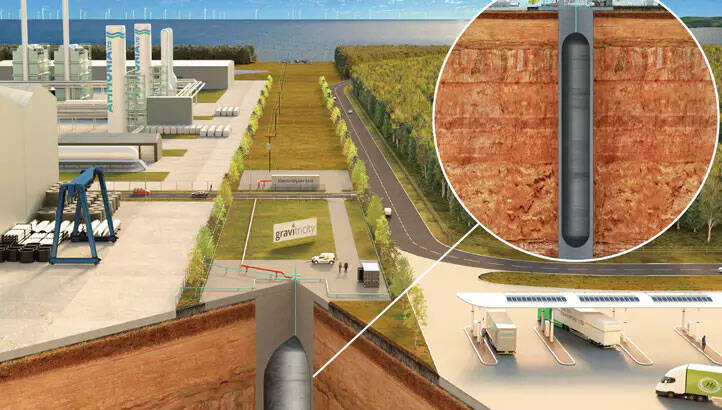
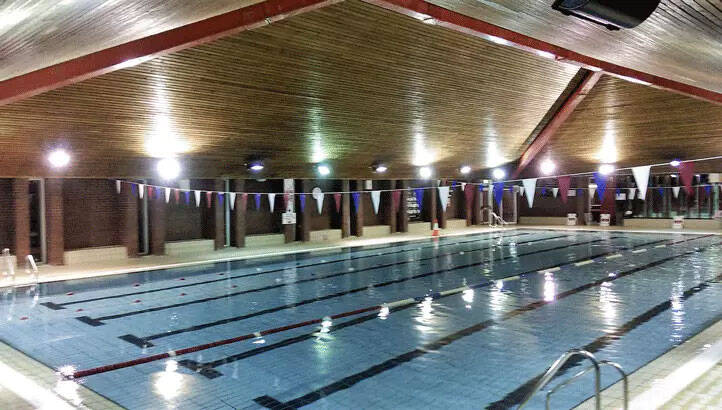
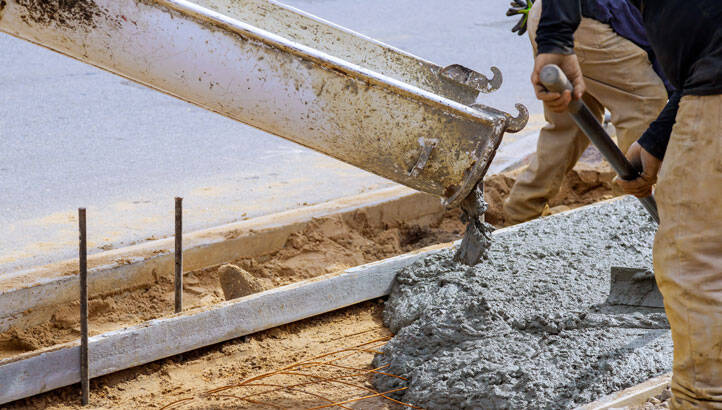
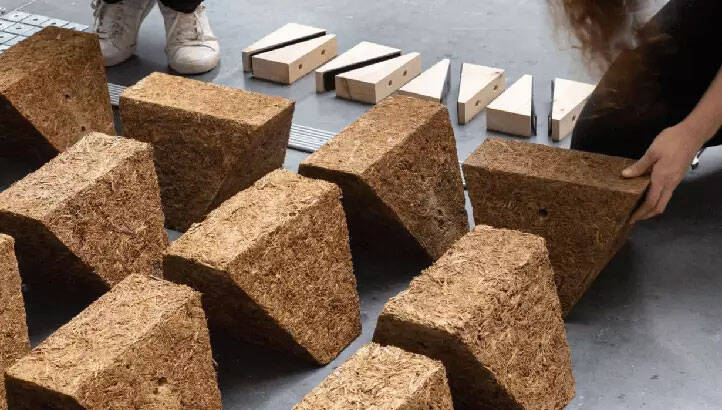
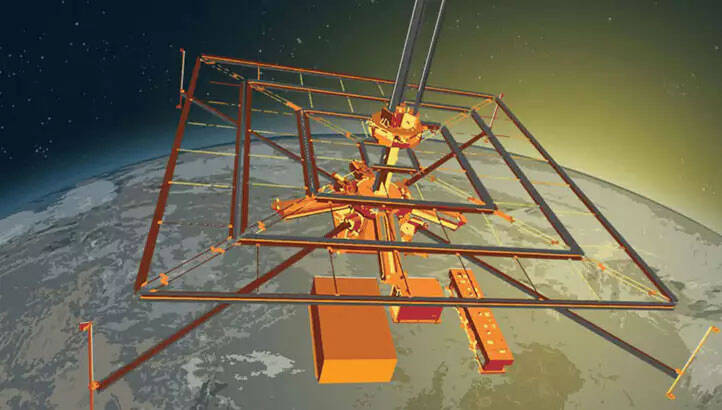
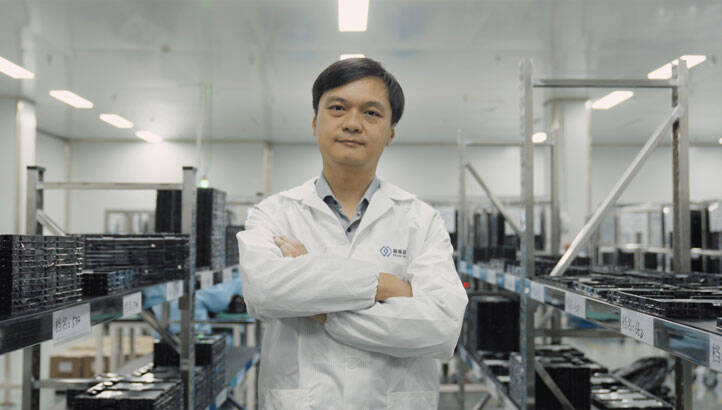
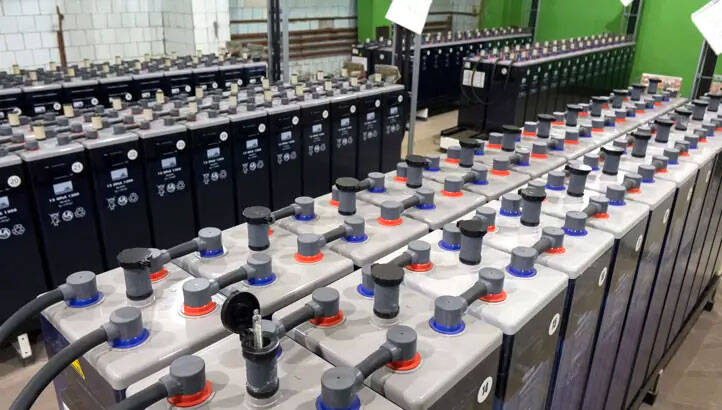
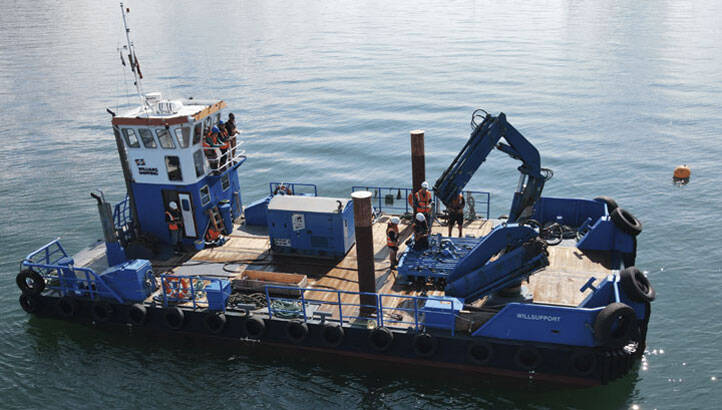
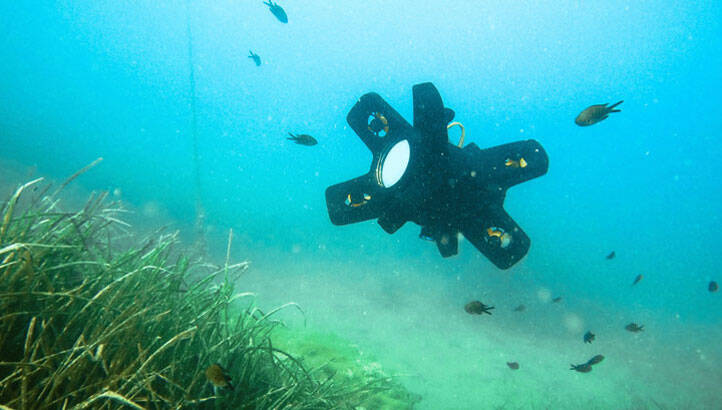


Please login or Register to leave a comment.